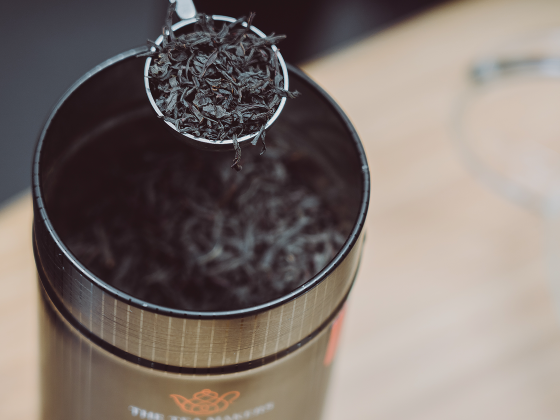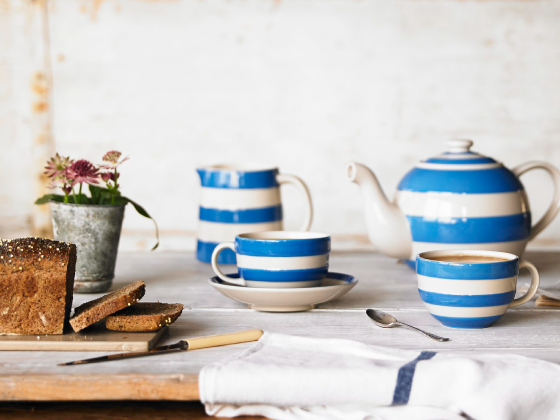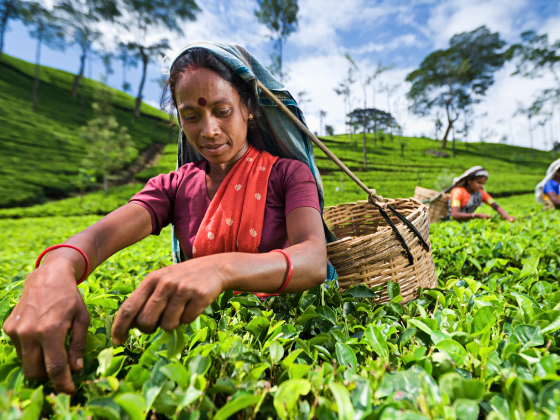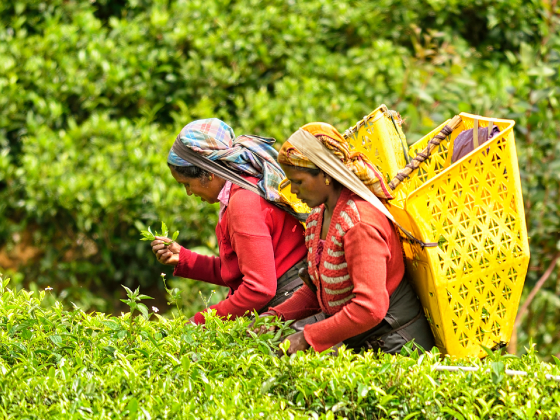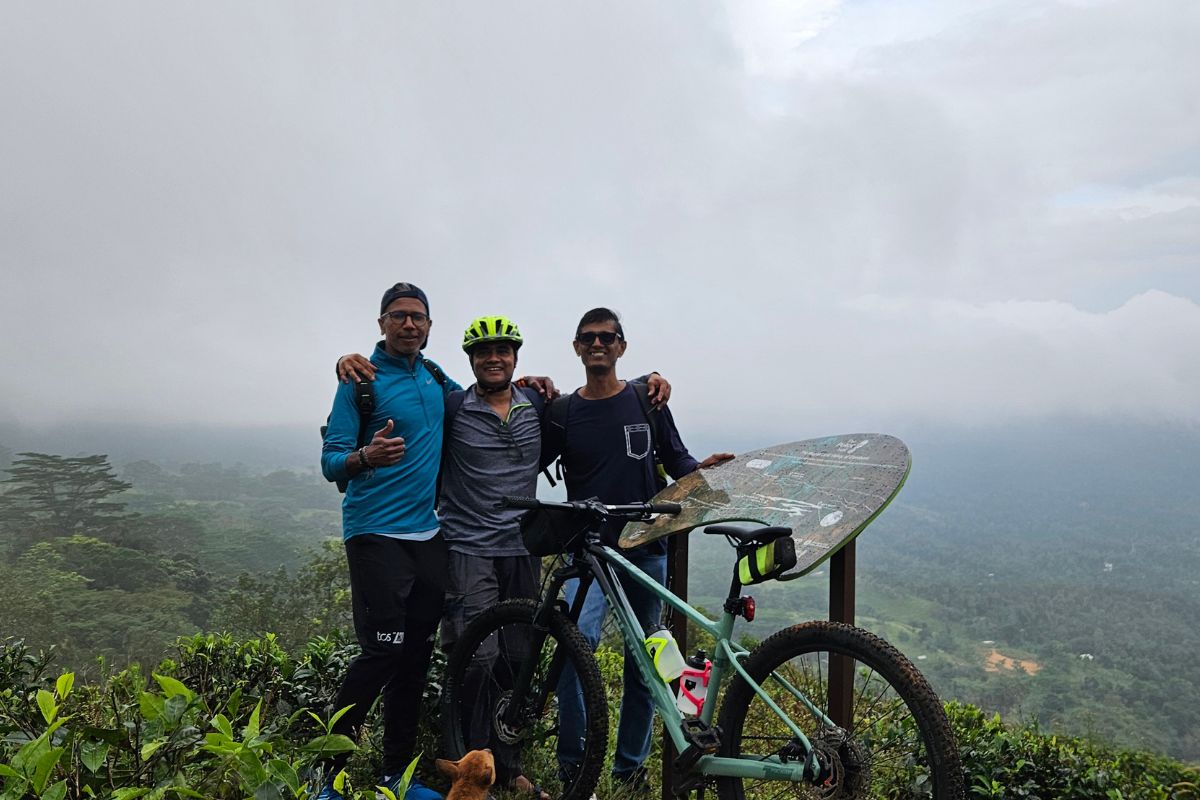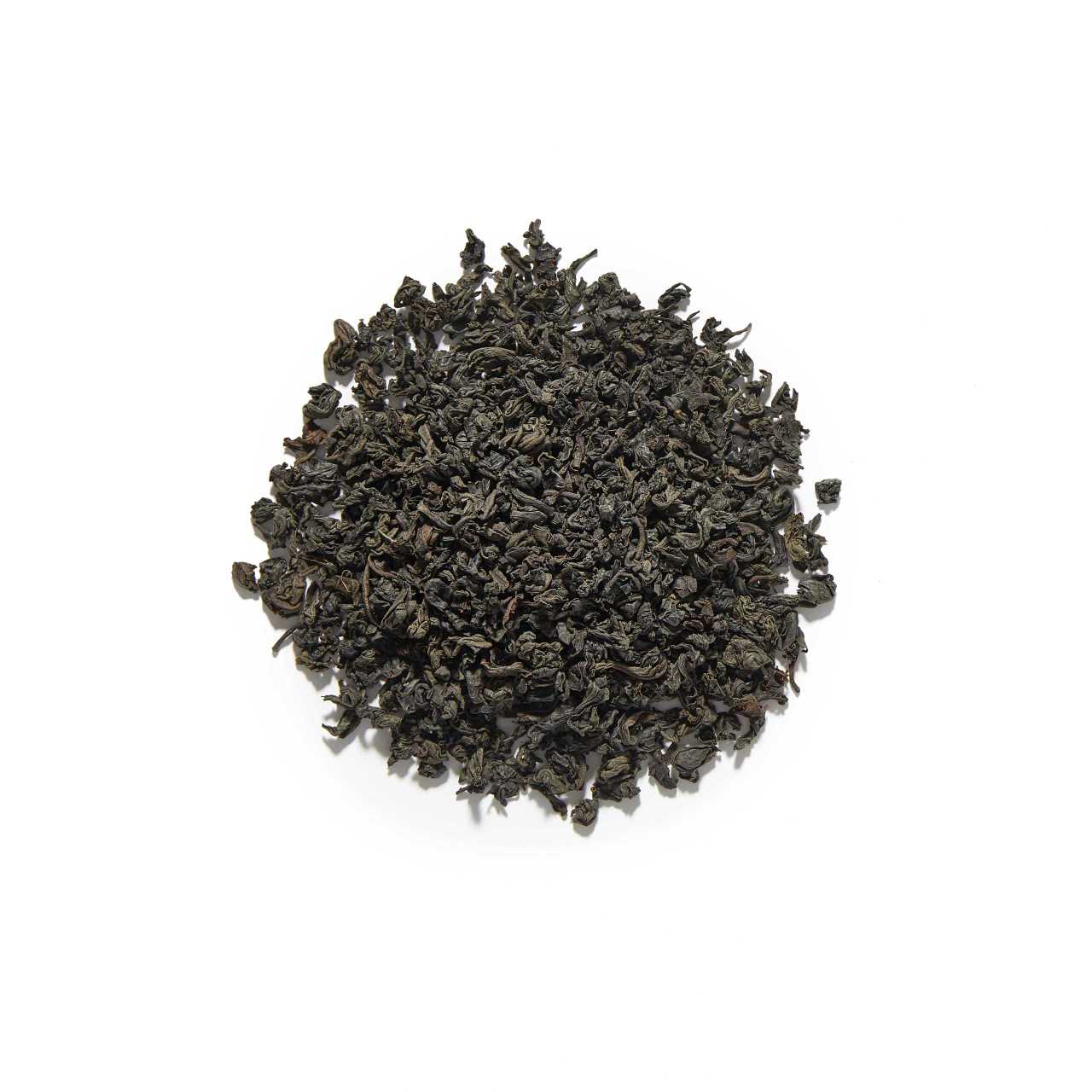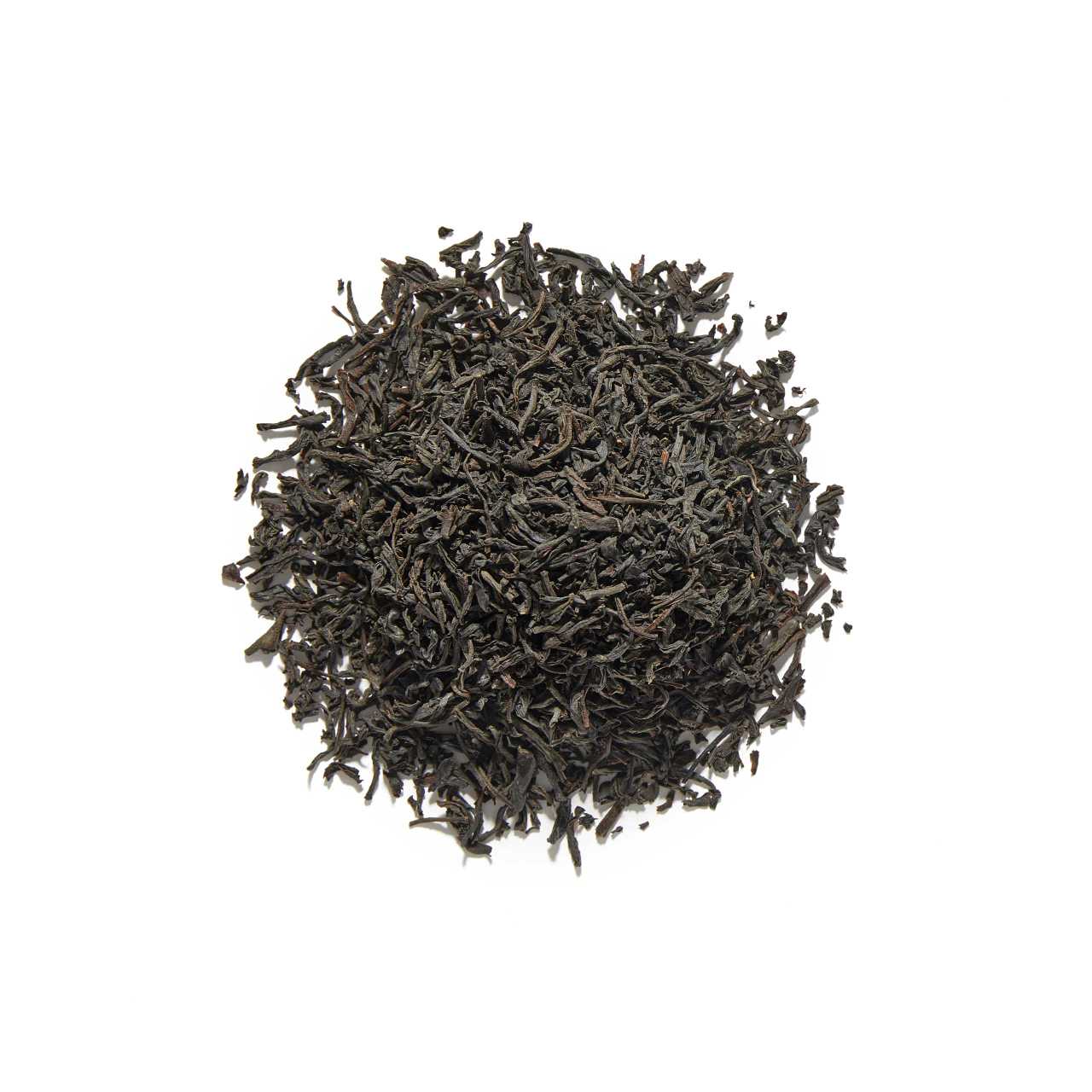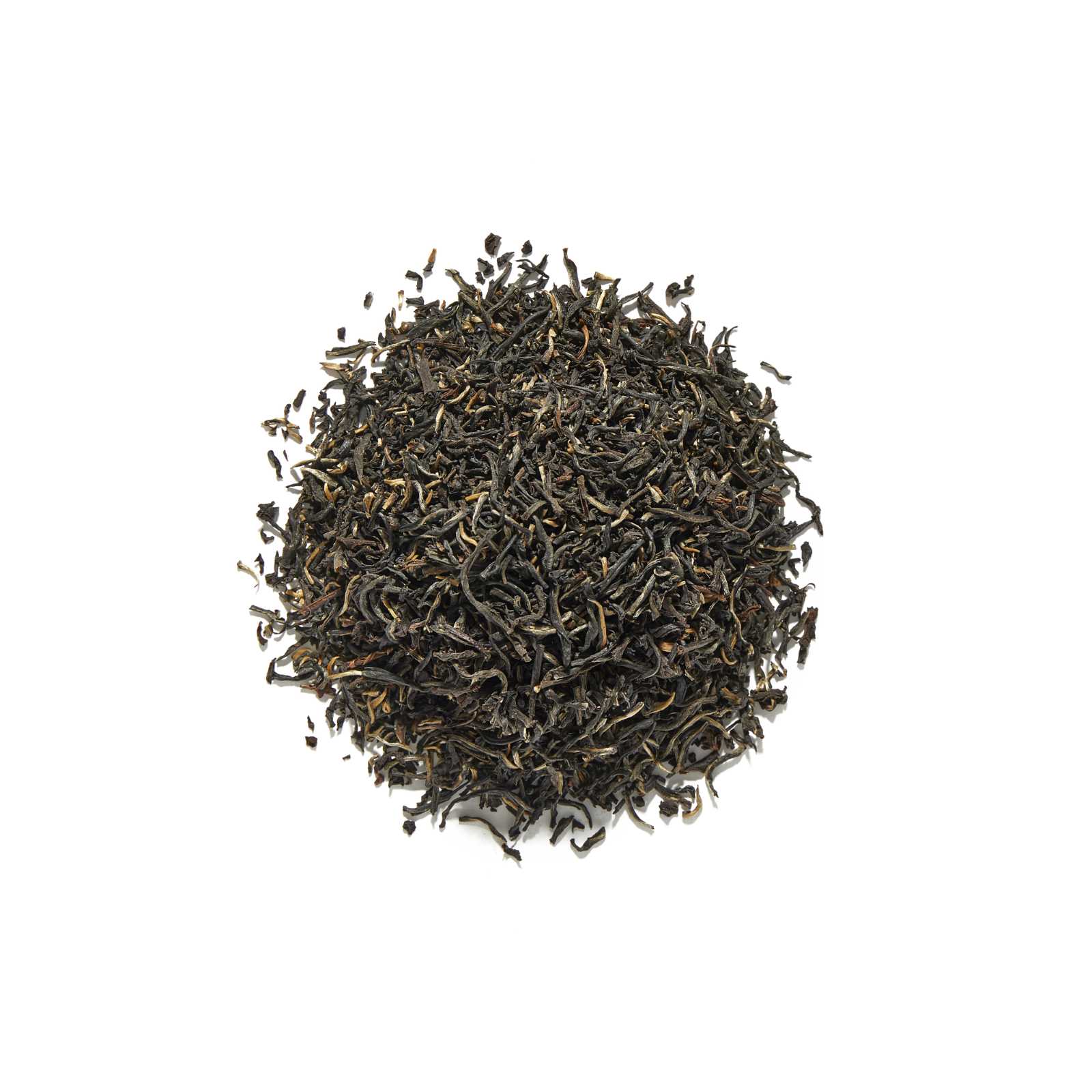Exploring the Pekoe Trail - Walking Through Tea History
Earlier this year, I embarked on a unique journey through Sri Lanka’s famed tea country, not only as a tea buyer but as someone with a deep connection to this land. As the founder of The Tea Makers of London, I frequently travel to tea-growing regions where we source our teas, meeting farmers, tasting exquisite teas, and immersing myself in the art of tea-making. However, this time, I decided to experience Sri Lanka’s tea country differently—on foot.
Born in Kandy (Ancient Hill Capital) and having spent a decade working as a tea planter, I felt an irresistible urge to rediscover the landscapes that shaped my early years. The Pekoe Trail, an ancient trekking path originally created by early British tea pioneers and long used by local villages and communities, has now been carefully restored and reintroduced to the world, offering modern travellers a chance to experience its historic charm and scenic beauty. Accompanied by two schoolmates whom I grew up with, I set out on this journey, eager to reconnect with nature, tea, and the people who make this land so special and of course rekindle my old friendships.

What is the Pekoe Trail?
The Pekoe Trail is a 300 km long-distance trekking route winding through Sri Lanka’s central tea-growing regions, offering a remarkable Sri Lanka hiking adventure and a unique tea plantation trekking experience. Divided into 22 stages, the trail takes hikers through breathtaking landscapes, from lush tea plantations and misty forests to dramatic mountain peaks and colonial-era towns. It follows old estate trails and footpaths once used by tea workers, traders, and planters during the British colonial period. The name ‘Pekoe’ itself is derived from the tea grading system, symbolising the deep connection between this trail and Sri Lanka’s world-renowned tea industry.
The journey begins in Kandy, meandering through renowned tea-growing areas such as Nuwara Eliya, Hatton, Ella, and Haputale before concluding in Badulla. Along the way, hikers pass historic estates, ancient temples, cascading waterfalls, and charming villages, offering a true immersion into Sri Lanka’s rich cultural and natural heritage

Setting Out: From Hantana to Galaha
Our journey started early at 6 a.m. from Hantana, a few miles from Kandy, which marks the beginning of Stage 1. As we stepped onto the trail, the crisp morning air and cool breeze set the perfect tone for our adventure. With sandwiches, snacks, water, and even some soapy water and salt (to fend off leeches), we were well-prepared.
Before fully immersing ourselves in the trail, we made a quick visit to the Ceylon Tea Museum, where we delved into the fascinating history of Sri Lanka’s tea industry. Ceylon tea, as it was known during the British era, has played a pivotal role in shaping the country’s economy and identity. The museum houses artifacts, machinery, and stories from the early days of tea planting, providing an enriching start to our trek.
Leaving the tarmac road behind, the trail soon transformed into a narrow footpath flanked by endless rows of emerald-green tea bushes. Large parts of Stage 1 wind through tea plantations, offering glimpses of everyday life in the estates. We saw tea pluckers skilfully harvesting tender leaves, workers clearing drainage paths after heavy rains, and men spreading organic fertilizer to nourish the crops. These scenes highlighted the immense effort that goes into producing each cup of tea we enjoy.
The Magic of the Trail: Nature, Tea, and Friendship
As we walked, we encountered a mix of fellow trekkers—tourists eager to explore Sri Lanka’s tea country and a few locals taking in the beauty of their homeland. Surprisingly, we also gained four unexpected companions—friendly stray dogs who happily trotted alongside us for the entire journey, hoping for (and receiving) a share of our snacks.

The route was serene, with few people and minimal noise, allowing us to appreciate the breathtaking scenery. Mist hung low over the valleys, and as the sun rose, it cast a golden glow over the rolling hills. The clouds slowly parted, revealing spectacular views of the undulating tea fields, distant mountains, and tiny villages nestled in the valleys.
Beyond the landscape, the trek was a time for reminiscing and reconnecting. Friends whom I hadn’t met since our school days, where our friendship was first forged. Walking together after so many years, we relived old memories and strengthened our bond, making the experience truly meaningful.
Tea, Terroir, and Taste: A Journey Through Flavour
One of the most fascinating aspects of the Pekoe Trail is how it showcases the diversity of Sri Lankan tea. The route starts in the mid-elevation tea-growing regions and gradually ascends into the high-grown estates. Each region imparts unique characteristics to the tea, influenced by altitude, soil composition, and climatic conditions.
-
Mid-grown teas, such as those from Kandy, are full-bodied and robust, with rich, malty notes. Our Luxurious Pekoe is an excellent example of a mid-grown tea.
-
High-grown teas (from areas like Nuwara Eliya) are lighter and more delicate, often described as floral and brisk with a golden hue, like our award-winning English Breakfast.
-
Low-grown teas, like our Golden London Breakfast, are known for their bold, strong flavours and deep colour.
As we trekked, we paused at small tea boutiques to savour fresh brews, each cup offering a unique story shaped by its terroir, local flora and fauna, microclimate, and specific tea cultivar. This experience reaffirmed the deep connection between tea and its environment, underscoring why we, at The Tea Makers of London, are dedicated to ethically sourced, single-estate, and authentically crafted teas.

The Legacy of Sri Lanka’s First Tea Plantation
Stage 2 of the Pekoe Trail takes hikers through the Loolecondera Tea Estate, Sri Lanka’s first commercial tea plantation. Established by Scottish planter James Taylor in the 1860s, this estate marks the birth of Sri Lanka’s tea industry. Taylor’s pioneering work laid the foundation for what would become one of the world’s leading tea-producing nations. His methods, though rudimentary by today’s standards, set the stage for the rich legacy that Sri Lanka continues to uphold in the global tea market.
A Trek Worth Taking

Walking the Pekoe Trail was more than just a physical journey—it was a deeply personal and immersive experience. It allowed me to see the tea-growing regions from a new perspective, not just as a buyer and seller of tea but as someone who has lived and breathed this world for decades. The fresh air, the stunning landscapes, and the human connections along the way made it an unforgettable adventure.
For tea lovers, nature enthusiasts, and anyone looking to explore Sri Lanka beyond the usual tourist routes, the Pekoe Trail is a must. It offers an unparalleled glimpse into the heart of the country’s tea culture, taking you through history, nature, and the very essence of Ceylon tea.
To plan your journey, visit The Pekoe Trail’s official website. The best time to hike the Pekoe Trail is during Sri Lanka’s dry season, from December to April, ensuring clear skies and comfortable trekking conditions. Entry is currently free, and while the trail can be done independently, hiring a guide is highly advisable for a richer experience. Accommodation options include homestays and camping sites. Travelers can choose to complete one or multiple stages at a time, hopping on and off as needed. However, for those seeking a full adventure, completing all 22 stages will take several weeks. Guided trekking tours in Sri Lanka are also available for those who prefer a structured itinerary.
